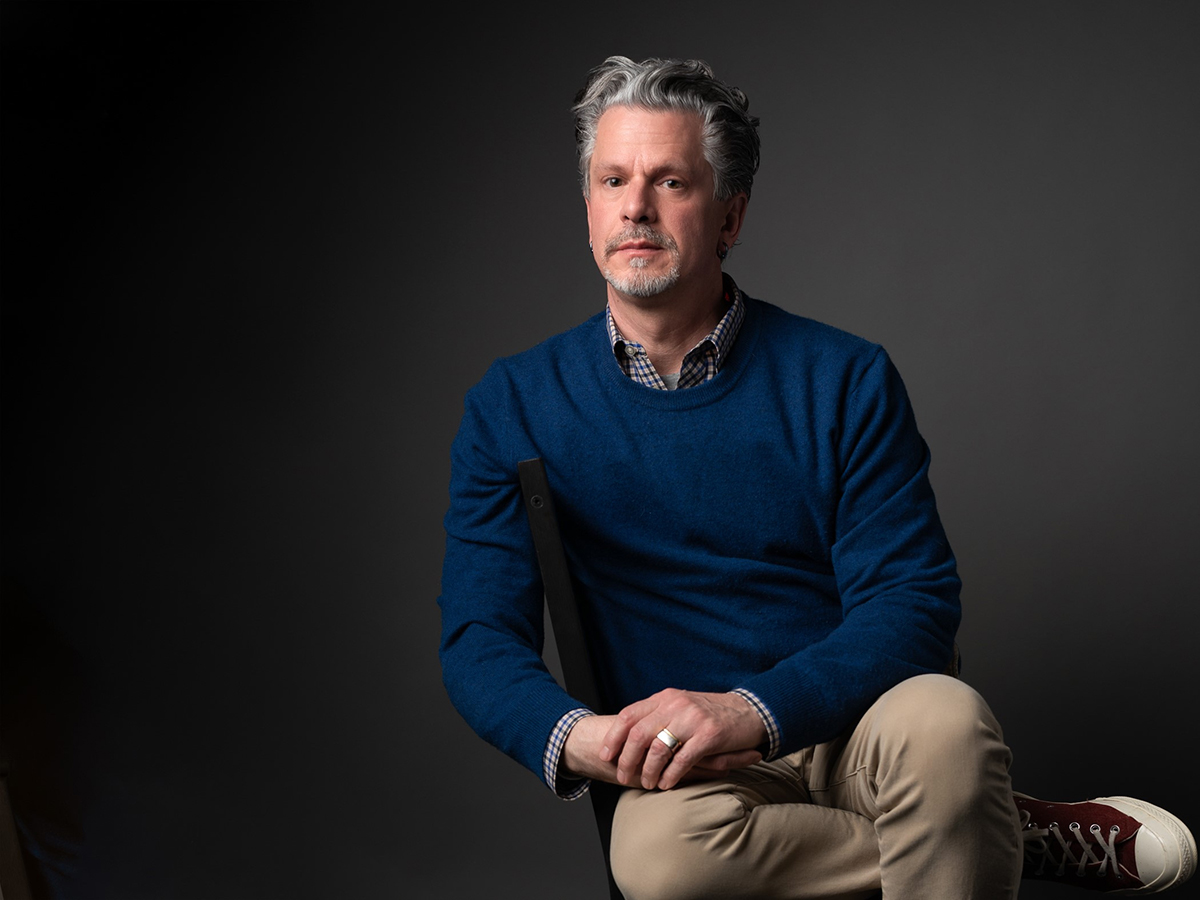By Matthew Whitaker
Personalization and attention to detail have long been hallmarks of the hotel industry when it comes to delivering exceptional guest service. Running parallel to today’s clarion call for authenticity—more engaging and meaningful experiences, deeper connections, locally sourced everything—I’ve noticed a near-universal “lightbulb moment” that art within the built environment (museums aside) is about much more than a simple visual experience. Art manifests a soulful contribution to what happens inside the four walls of any space, and it evokes the uncapturable essence of a real emotional response for guests and residents alike. Let’s call it a more personalized guest service, in its own unique kind of way.
I’ll start by saying that art as placemaking isn’t a new strategy. There are some hotel brands and developers that, with the guidance of forward-thinking art consultants, have been doing this for decades. Having artwork in hotels certainly isn’t a new concept either. The same goes for branded residences and multi-family residential projects, too. But broadly, across the entire spectrum of hospitality, perhaps the whole point of art has, in a sense, been more of a misguided goal. Let’s discuss.
What’s the difference?
Whether it’s a hotel, a branded residence or a multi-family residential project, the approach to curating an art collection should be exactly the same. Look for art that’s relevant to the project’s geographic location. Pull from and connect with the local arts community. Source works that enhance the interior design concepts. The design narrative informs what the art collection will become, and no matter whether it’s an oil painting or a mixed-media sculpture, each work in the collection must support the design narrative, contribute to a cohesive story and help establish a sense of place.
I also think it helps to approach each project as would the hotel guest, owner or resident, from their unique perspective, and to ask what it is that each of them, respectively, will be looking for. They’ll likely say that they prefer to see art that is visually appealing, has relevance to where they are and that creates a connection to the local culture. My hope is that the work I do as an art consultant will leave a lasting impression on this experience.
Essential elements
I cannot overstate the importance of storytelling when creating an art collection. As humans, we are inherently drawn to stories, and who among us doesn’t love a good story? From the lobby, through the public spaces and into the guestrooms or residential units, the artwork, like the interior design, should provide connectivity and create a cohesive experience. The art in the lobby is usually a statement-making moment that sets the tone for the experiences that will unfold within. The story builds along the journey through the corridors and public spaces and into the guestrooms or residences, which are more private and can have a more intimate narrative.
The emotional component is also non-negotiable. A good work of art is meant to challenge, stir things up, start conversations. Unlike other components of design, art has visceral power. The viewer may not be able to identify exactly what that feeling is, but they can sense the intention and react to it.
Quality is essential. Insist on a quality of work that meets the project’s goals and standards (and yes, budget). An ideal outcome results in a collection of works by credentialed artists who are invested in the outcome, understand their contributions and know that their work has been chosen for a specific reason.
What’s next
It is not design trends that inform what’s next in art for hotels, branded residences or multi-family residential. Yes, there are innovations that open up the possibilities of new types of art installations in the aforementioned sectors like technology on video, projection or interactive art, but it is the growing recognition of the meaningful impact art can make on the guest or owner experience that will surely drive art in these sectors forward. As more and more people experience the aforementioned “lightbulb moment,” I think we’ll see a resounding insistence for localized art and storytelling.
Matthew Whitaker is the Atlanta-based director at Canvas Art Consultants, a boutique art consultancy with the mission of “the art of storytelling.” A passionate art collector, Whitaker’s eye for fine art was carefully honed by hands-on experience working with artists and galleries across all disciplines. His unique and diverse skill set has proven successful when collaborating with interior designers and clients to develop compelling fine art programs for luxury properties around the world.
This is a contributed piece to InspireDesign, authored by an industry professional. The thoughts expressed are the perspective of the bylined individual.




